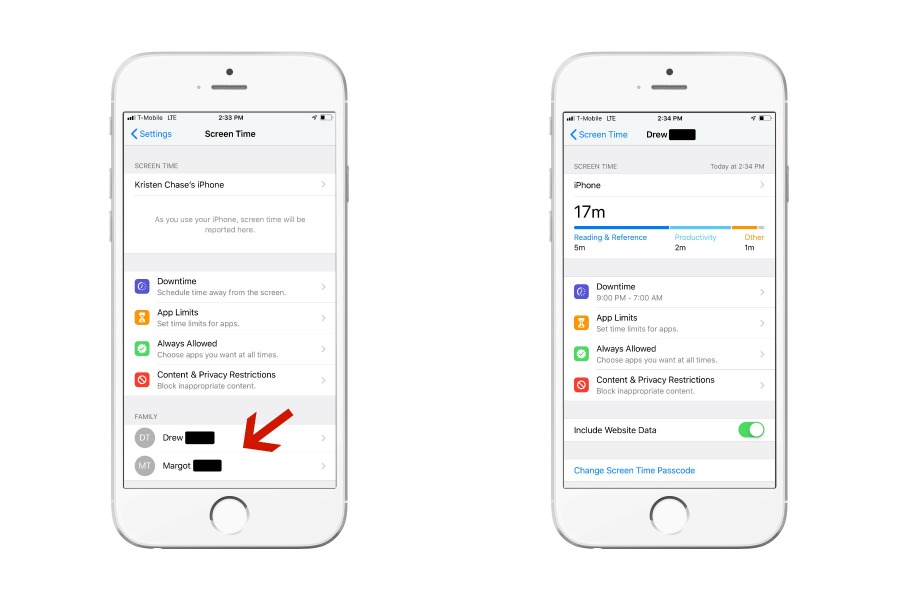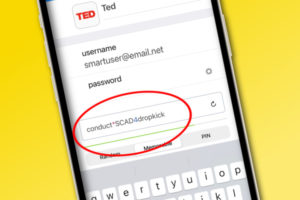Raising kids in a digital age presents all sorts of parenting challenges. That’s one of the many reasons we started Cool Mom Tech, along with our new Out Tech Your Kids Facebook Group (OTYK). And we talk about it a lot on our Spawned Parenting Podcast. While it can be difficult, digital parenting doesn’t need to be scary.
As we struggle with our own screen-life balance, we realize how important it is for our own kids to develop theirs. We believe tech is an important part of their life; we also believe that knowing when to turn it off is too.
Related: The Ultimate Guide to Digital Parenting
So, we put together this helpful list of 5 ways to encourage a screen-life balance in your kids (in part with assistance from our OTYK Facebook Group). And this might go without saying but we’ll say it anyway: it’s important for you to be modeling these suggestions for your kids. If you’re not willing to do them yourself, or engage with them to help support this balance you want to teach them, then it’s doomed from the start.
1. Set tech use boundaries for your family: One important point we’ve learned from many tech experts, is that everyone needs boundaries. One suggestion we love from Dr. Mike Brooks is to create sacred spaces – whether they’re places you use tech or places you never do. You can also set time limits, so tech is off and on during certain times.
A few of our OTYK group members said they institute tech-free hours of a day, or even days in their entirety. We had a lot of suggestions for device-free dinners. Whatever you decide, remember that these boundaries should apply to everyone in your home, not just your kids. And be sure you’ve got plenty of things to keep them busy with (at first), whether it’s games or craft supplies.
Related: How to set screen time rules in your home
2. Explore tech together: Tech doesn’t need to be the devil (or the temptress) and quite frankly, it shouldn’t be.
One way to change that attitude and approach is to engage in tech with your kids. Part of a healthy screen-life balance is to do other things with technology, so if they’re always just consuming, teach them how to be creators. Make TikTok videos with your kids. Teach them how to edit a photo. Show them how to leave a funny comment on Facebook. Create your own bitmoji.
3. Encourage outdoor play: We can all probably remember hearing this dreaded phrase from our own parents, and truth be told, it’s not applicable to everyone, depending on where you live (and what season it is). But encouraging your kids to go outside doesn’t necessarily need to be playing in dirt. There’s everything from chalk drawing and scavenger hunts, to scooter and bike riding. Just make sure you have a few toys and tools to make it a little more exciting at first.
You don’t need to suddenly become a Nat Geo Explorer family. But putting the tech away and doing something outside is good for everyone.

The Screen Time app on iPhone is a helpful way to support a screen-life balance
Related: How to use the Screen Time app on iPhone to set limits
4. Get adventurous: We totally get the need to veg out and relax in your home on the weekends or a day off, but getting out of the house and exploring a new place — whether it’s for the whole day or just an afternoon — is a fantastic distraction and learning experience.
Find a local festival each weekend. Try a new ice cream joint every Friday night. Drop your finger on a map (within an hour or two) and go visit it (and have your kids navigate). Then, institute a “phones for directions only” rule.
5. Learn a new skill: While you might actually need a little tech (hello, YouTube how-to videos) to get started, learning a new skill is a brilliant use of time. This could be everything from learning sign language to solving a Rubik’s Cube. Or maybe it’s easier things, like a how can fold a fitted sheet contest. (Hey, life skills!).
We love challenging our kids with random “what can you make with these things” activities — just hand over random things in your home and give them a time limit. Prizes help.
And learning a new card or board game counts as a new skill too.






